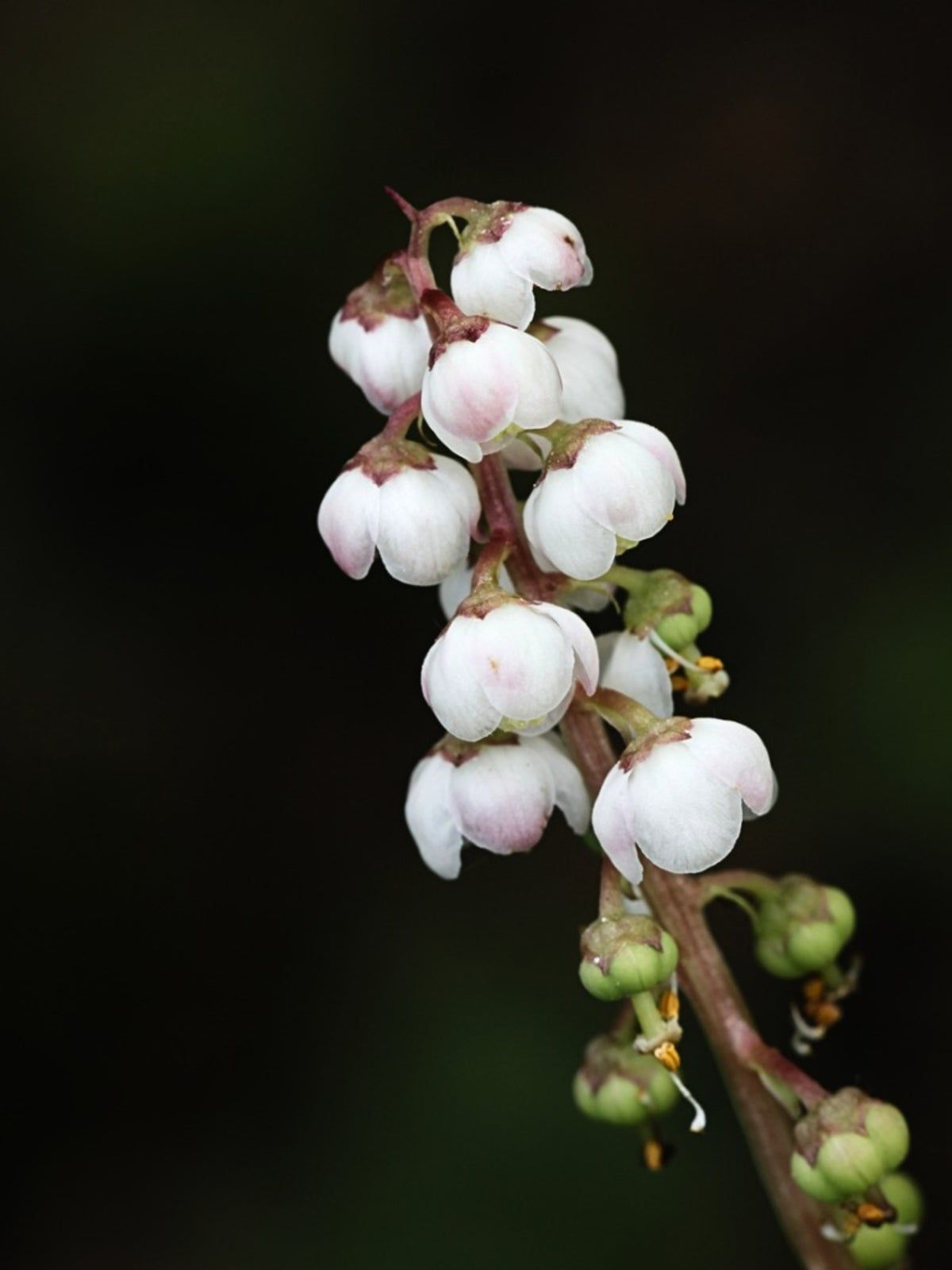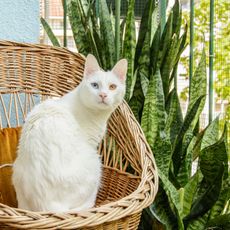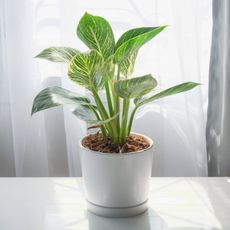Pyrola Plant Info - Learn About Wild Pyrola Flowers


What is Pyrola? Several varieties of this woodland plant grow in the United States. Although the names are often interchangeable, varieties include green, shin leaf, round-leaved and pear-leaf Pyrola; false wintergreen and pink wintergreen Pyrola; as well as the familiar, more widespread, pink Pyrola plants. Read on to learn more about Pyrola herb plants.
Pyrola Plant Info
Pyrola is a perennial herb with slender stems that emerge from clusters of heart-shaped leaves. Depending on the variety, between one and 20 white, pink or pale purple Pyrola flowers grow along the stems. Pyrola herb plants are generally found in organically rich forests and wooded areas. However, some varieties perform well in moist meadows and along lake shorelines. The plant prefers filtered or dappled sunlight but tolerates bright light or full shade. Native Americans used Pyrola to treat a variety of conditions. The leaves were steeped in water and used to treat a variety of problems, from sore throats to urinary tract diseases and hemorrhoids. Poultices were applied to the skin to relieve insect bites, boils and other inflammations.
Growing Pink Pyrola Plants
Pyrola thrives in shady, moist sites where soil is deep with decomposed wood mulch, natural compost and fungi. Some varieties are found in moist meadows and along lake shores. Some Pyrola varieties are extremely rare and are endangered plants in some states, so you'll need to find and purchase seeds from a reliable source. Never borrow them from plants you find in the forest. Growing Pyrola by seed is difficult but worth a try for adventurous gardeners. The seeds need a lightweight, breathable potting mix that contains a mixture of substances such as fine bark chips, sphagnum moss, perlite or coconut husks. If possible, use a mix that contains myccorrhizal fungi. Use only fresh, high-quality ingredients. Fill a seed tray with the potting mixture. Sprinkle a few seeds on the surface and cover them with a thin layer of potting mix. Keep the tray in indirect light and water as needed to keep the mixture slightly damp. Move the seedlings to individual pots when they are about 2 inches (5 cm.) tall. Transplant the plants to the woodland garden when they are well-established.
Gardening tips, videos, info and more delivered right to your inbox!
Sign up for the Gardening Know How newsletter today and receive a free download of our DIY eBook "Bring Your Garden Indoors: 13 DIY Projects For Fall And Winter".

A Credentialed Garden Writer, Mary H. Dyer was with Gardening Know How in the very beginning, publishing articles as early as 2007.
-
 Are Snake Plants Toxic To Cats? Here’s How To Protect Your Felines And Avoid Trouble
Are Snake Plants Toxic To Cats? Here’s How To Protect Your Felines And Avoid TroubleAre snake plants toxic to cats? A good rule of thumb is to simply keep the plant where kitty can’t get to it.
By Mary Ellen Ellis
-
 How To Create Bright Indirect Light For Houseplants
How To Create Bright Indirect Light For HouseplantsCreating a space with bright indirect light is a way to mimic the native habitat of many houseplants. Make indoor plants comfy with the right kind of light.
By Mary Ellen Ellis